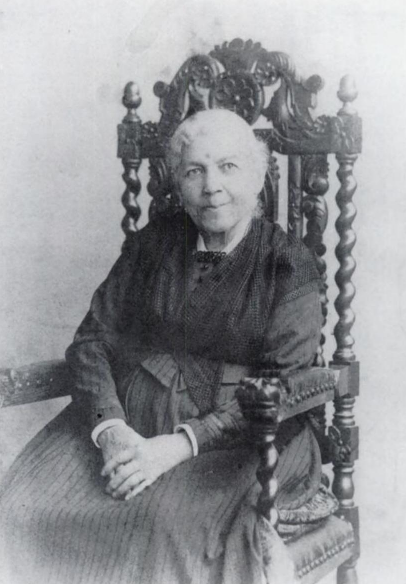In her book titled, “Incident In The Lives Of A Slave Girl”, Harriet Jacobs is able to provide her readers with a very unique perspective of slavery. The fact that she is a slave, who is a woman and is literate really makes her story unique and as a result very powerful. To highlight her ability in conveying what life as a slave was like, we can compare her story to two speakers who spoke about similar topics- Frederick Douglas in his speech called “What to the Slave Is the Fourth of July?” and a speech titled “The Declaration of Sentiments” by Elizabeth Stanton. The focus of this post will be on the topic of how the north was perceived. This topic works well being that both speeches discuss the north, and Jacobs devotes the idea to its own chapter (chapter 8).
In both the speeches given by Douglas and Stanton, powerful anecdotes are used to grab the attention of their audiences. For instance, Douglas uses phrases like “your celebration is a sham” and refers to slavery as “crimes against man”, while Stanton includes the Declaration of Independence with her own twist to it. Both speakers are working to get their causes and messages through to the people they are speaking to in a way of direct shame. As powerful as all these techniques are, they are not able to move the audience or person hearing the story to the same degree as learning of first hand accounts.
Unlike the speeches mentioned above, in chapter 8 of the book, Jacobs is not trying to shame anyone. She is not trying to make the northerners feel bad for living in freedom while she and her family must live in slavery. Instead, Jacobs praises the north, and (at the point of chapter eight- before she is able to go up north) makes her desire to be fortunate enough to go through the struggles that former slaves now living in the north clear. She points out that: “… liberty is more valuable than life” (Jones 39) where liberty refers to the ability to be free, and life refers to the ‘comforts’ of being a slave. Her respectful admiration for the people of the north, makes her story much more compelling and moving as a reader when compared to the rather harsh ways of the other two speakers.
Additionally, Jacobs’ characteristics make her book possess certain unique qualities. While Douglas was a African American slave, and Stanton was a powerful woman, the fact that Jacobs was a African American female slave sets her apart. Also, the fact that we are able to read the writings of an female slave directly promises to keep us intrigued mainly because she experienced slavery from a very unique perspective. Most slave stories were hear are about men who worked the fields and were subject to grueling tasks. Jones’ ‘different’ slavery experience- having been brought up in a loving atmosphere, living with some of her family- serves not only as a good hook, but also as a wonderfully enriching viewpoint of what life as a slave is like.
It is, however, important to realize and understand the great results of the various speeches given even though they did not have the same effect as the book.
